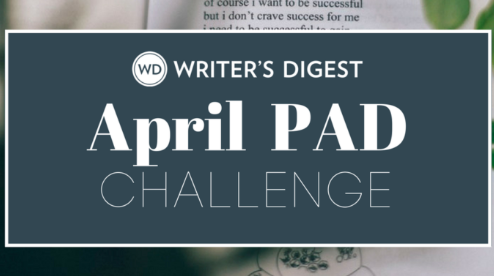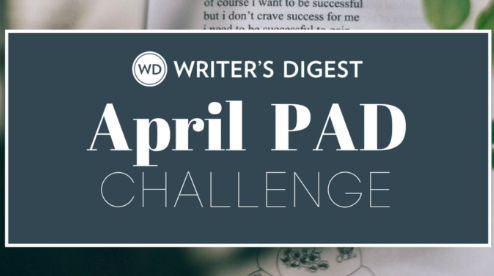Combining Poems and Emotion
Learn some techniques for evoking emotion in poetry, including some examples.
Writing poetry is very helpful for processing emotions. Fall head over heels in love? Write a poem. Tumble down the stairs of a broken heart? Write a poem. Get in a heated argument? Write a poem. Dealing with the aftermath of a tragic event? Write a poem. Personally, because I’m a human being, I’ve faced all these situations (and more) at one point or another, and yes, I’ve written poems while processing each.
Writing poems—drafts that will never see the light of day—has benefitted my mental health a great deal over the years. On the page of a journal or in a Google doc, I can rant, rave, praise, and confront all the emotions swirling within myself as they overtake me. There is nothing wrong with this; rather, everything is right with processing your emotions and excavating those feelings. But you don’t share a rough gem with the world; you cut it and polish it first. So, how do we write poems that touch others?
There are many ways to begin writing a poem: You could start with an image, or a bit of language that is sonically pleasing. But for the purposes of this exercise, we’re going to dive into emotion first—using examples of going from emotion to a bit of poetry.
Emotion #1: I’m in love.
How’s it feel? I feel so alive and can’t stop thinking about the person.
In my initial poetry journal, I might set off writing lines that explicitly say who I’m in love with and describe her various features and qualities and that I think about her on the bus, in meetings, and on walks. That’s all very interesting to me but nothing too poetic for others. So, I take the feeling I have and try to give it an image, something like the following:
I wait beside the tree
on the edge of the field
as cherry blossoms bloom
in the wild spring air
and her face in the clouds
asks me what I will do
While this is not an entire poem, this now gives me an image to use as a springboard into a poem. Or maybe this is how I end the poem, wondering what I will do. The main point is that I’ve gone from saying “I love (blank)” and listing features to showing how I feel.
Emotion #2: I’m depressed.
How’s it feel? I feel so empty inside.
Depression hits everyone in unique ways, and for me, it’s usually just this overwhelming force that feels like it won’t stop pushing down on me. And I can write that in my poetry journal, but it’s very abstract. So, after trying to find an image to describe this feeling, I might land on:
the river collects every fallen leaf
and carries them downstream to a new port
or maybe to be submerged in the cold,
murky water swirling over stone smoothed
by the relentless pressure of gallon
upon gallon of water, like worry,
always threatening to run past the bank
Again, this is not a finished poem, but it is a starting place of capturing that overwhelming, abstract feeling and giving it a form. From this spot, I can now add and subtract and continue the work of crafting a poem that will not only help me process my emotions but maybe touch someone else as well.
As an exercise, take an emotion you’re currently feeling or have recently felt and try finding an image that captures it.
Robert Lee Brewer is Senior Editor of Writer's Digest, which includes managing the content on WritersDigest.com and programming virtual conferences. He's the author of 40 Plot Twist Prompts for Writers: Writing Ideas for Bending Stories in New Directions, The Complete Guide of Poetic Forms: 100+ Poetic Form Definitions and Examples for Poets, Poem-a-Day: 365 Poetry Writing Prompts for a Year of Poeming, and more. Also, he's the editor of Writer's Market, Poet's Market, and Guide to Literary Agents. Follow him on Twitter @robertleebrewer.




